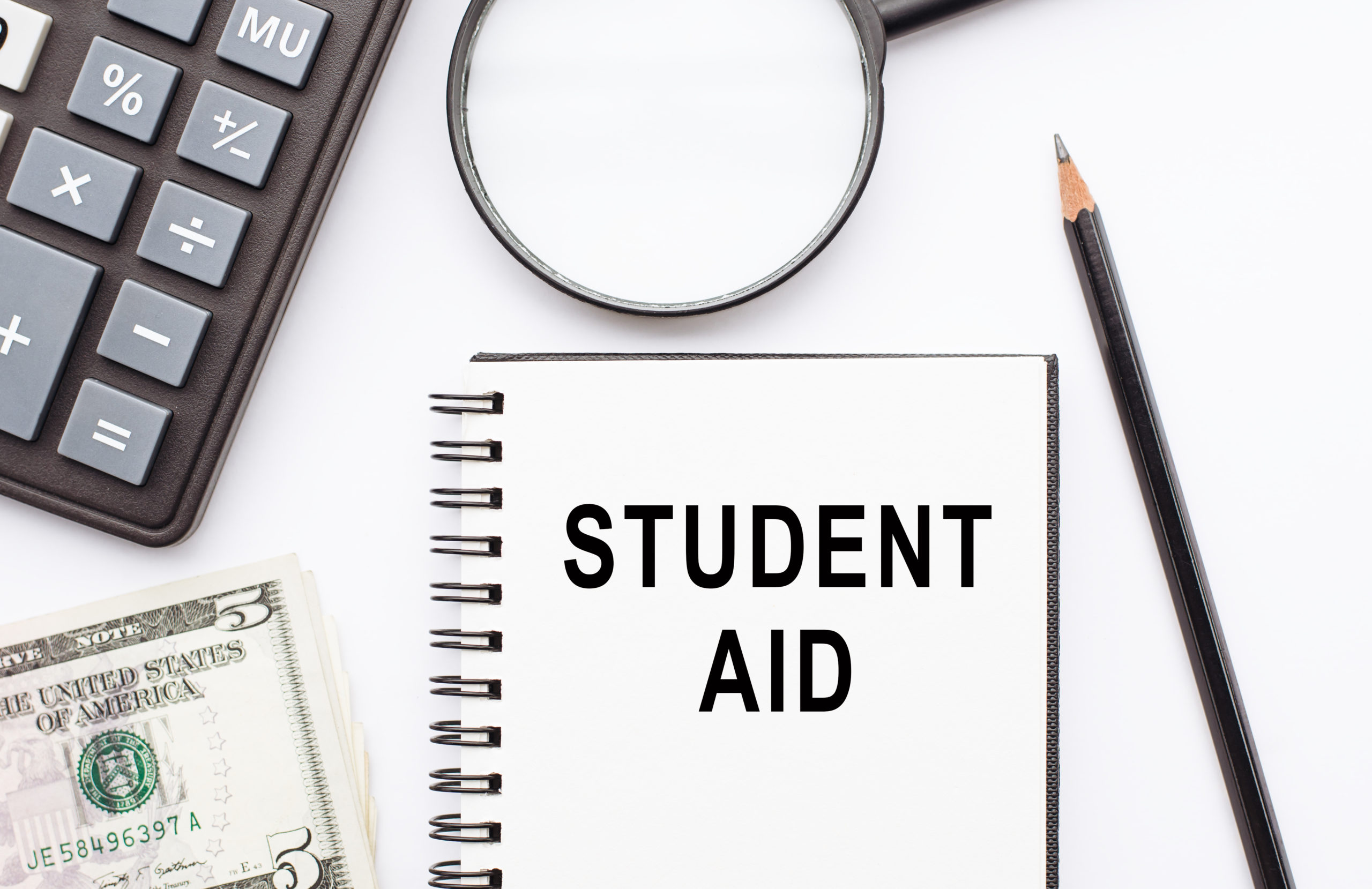 Plan Ahead: Understand the Cost of Each Pilot Rating
Plan Ahead: Understand the Cost of Each Pilot Rating
Before diving into flight training, it's essential to evaluate each pilot rating or license you'll need—along with the cost, time commitment, and funding strategy for each. Write down:
- The estimated cost for each rating (PPL, IR, CPL, CFI, etc.)
- How long each rating will take
- How you plan to fund it
One effective method is the “Pay-As-You-Go” approach, where you allocate a set amount—such as $400 per week—for training. Whether it’s from savings, income, or side work, setting a weekly flight training budget can keep you progressing without accumulating major debt. (We’ll dive deeper into this in the next lesson.)
 Most Students Use a Combination of Funding Sources
Most Students Use a Combination of Funding Sources
Most aspiring pilots don’t rely on just one method of financing. Your professional pilot training will likely be funded through a mix of resources, including:
- Personal savings
- Full-time or part-time work income
- Scholarships and grants
- Federal or private student loans
- Veterans Affairs (VA) benefits, if you're prior military
 7 Ways to Fund Your Flight Training
7 Ways to Fund Your Flight Training
1. Scholarships and Grants
There are many generous scholarship programs available to help fund your training. Some examples include:
- AOPA (Aircraft Owners and Pilots Association): Offers multiple scholarships for student pilots, including high school students and career-track aviators.
- Clay Lacy Aviation: Provides scholarships through institutions like the University of North Dakota and Orange Coast College.
- EAA, NGPA, and Women in Aviation International: Offer scholarships tailored to specific groups within the aviation community.
These scholarships can cover thousands of dollars in training costs, and they’re a great way to reduce out-of-pocket expenses.


If you enroll in an accredited Part 141 flight school, aviation college, or university, you may be eligible for federal financial aid. These institutions often participate in Title IV funding, allowing qualified students to access:
- Pell Grants (need-based, non-repayable aid)
- Federal Direct Loans (low-interest student loans)
This is one of the most accessible and affordable ways to finance your flight training—especially for those pursuing a degree while earning their pilot ratings.
 3. Private Student Loans
3. Private Student Loans
Several lenders offer flight training-specific loans designed to cover not just tuition, but also related expenses like housing, transportation, and materials.
- Stratus Financial: Specializes in aviation loans with flexible terms and payment deferral options during training
- AOPA Financing: Offers competitive rates and loan packages for both individual ratings and full training programs
These loans are ideal for students who don’t qualify for federal aid or need to bridge the gap between other funding sources.
 4. Flight School Financing Options
4. Flight School Financing Options
Many Part 141 flight schools provide their own financing plans or have partnerships with outside lenders to help students manage training costs. These may include:
- In-house monthly payment plans
- Deferred payment options until after graduation
- Custom loan solutions through aviation financing partners
Before enrolling, ask your flight school what financing programs they offer and compare them with private and federal options to find the best fit for your situation.


If you have served in the military, you may be eligible for substantial flight training support through Veterans Affairs education benefits, including:
- The GI Bill® – Can be used to cover advanced flight training when enrolled at VA-approved institutions or university programs
- Tuition Assistance (TA) – Active-duty service members may also qualify for tuition reimbursement for flight-related coursework
These programs can dramatically reduce the out-of-pocket cost of becoming a professional pilot.
 6. Flexible Part-Time Work to Fund Training
6. Flexible Part-Time Work to Fund Training
Many students successfully pay for their flight lessons through flexible side jobs that allow them to earn income while maintaining control of their schedule. If you're aiming to set aside around $400 per week, consider working:
- 3 hours per day on weekdays, or
- 8-hour shifts on weekends
These jobs are ideal for students because they adapt to your availability—especially when weather or flight schedules shift. Top gig-economy options include:
- Food & Rideshare Delivery: DoorDash, Uber Eats, Grubhub, Uber, Lyft
- Flexible Package Delivery: Amazon Flex, Instacart
- Pet Services (Great for City Dwellers): Rover, Wag
These platforms let you earn income on your own terms, helping you cover training costs without sacrificing your flight schedule or overcommitting to rigid jobs.


While it may take time and discipline, using personal savings is one of the most effective ways to reduce or eliminate student loan debt. By creating a dedicated savings plan—even if it’s modest—you can steadily build the funds needed for each phase of your flight training.
Start by:
Setting clear savings goals for each rating
Tracking weekly or monthly contributions
Cutting unnecessary expenses and redirecting funds to your training
Even partial savings can make a big difference in reducing how much you need to borrow.
 Final Tip: Use a Mix of Funding Sources
Final Tip: Use a Mix of Funding Sources
No single method may fully cover the cost of your pilot training. The most successful students often combine multiple funding sources—scholarships, savings, part-time work, loans, and grants—to stay on track.
Each funding option has its own requirements and application process, so be sure to research early, stay organized, and plan ahead to ensure your financial strategy supports your aviation goals.

Comments are closed.